In the project “Berlin 90,” I explored Berlin’s urban landscapes photographically immediately after the fall of the Wall. The sudden absence of this omnipresent border structure created wide, open spaces that, for me, radiated a special atmosphere of emptiness, social limbo, and simultaneous presence. I was particularly fascinated by the quiet openness and atmospheric expanse of these temporary urban landscapes—sensations that I associate directly with 17th-century Dutch and Flemish landscape painting. As in the paintings of this tradition, the Berlin locations—Potsdamer Platz, Bernauer Straße, Kreuzberg, Treptow—appear as expansive, open spaces of light, silence, and an almost melancholic contemplation.
For me, these photographs merge documentary and image-theoretical aspects: although the camera makes it possible to capture a visible transition, the actual physical impression of the urban space remains present in the image only as a hint. It is always an afterimage, a reflection—what is missing is just as important as what becomes visible. This difference between direct experience and pictorial representation has remained central to my artistic work.
With “Berlin 90,” I thus pursued the goal of not only capturing the urban present or a historical moment, but also revealing the perception and psychogeography of these places in transition. The documented cityscape becomes an image of transition, in which memory, current experience, and an uncertain future overlap—and it is precisely here that I see the starting point for my later experimental investigations into image, time, space, and subject.
Marcus Kaiser, 2012
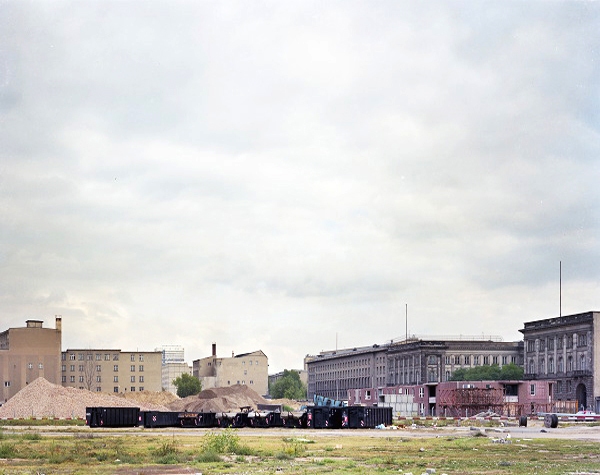
C-Print Diasec
80 x 120 cm
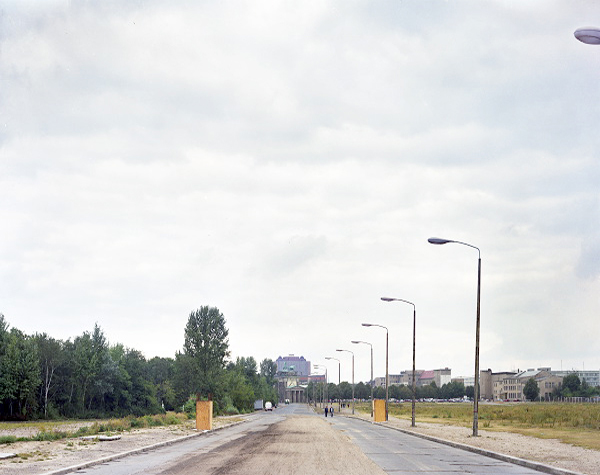
C-Print Diasec
80 x 120 cm
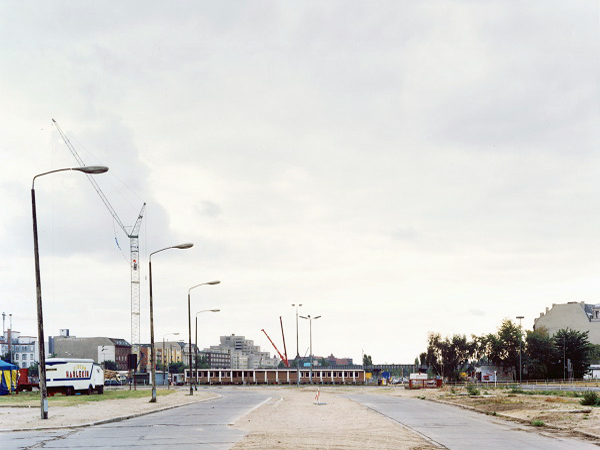
C-Print Diasec
80 x 120 cm

C-Print Diasec
80 x 120 cm
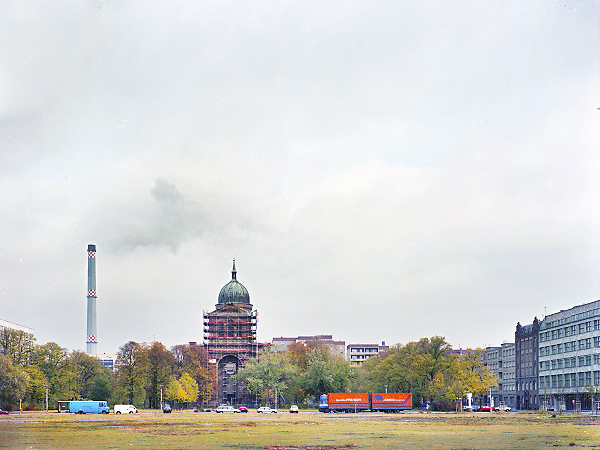
C-Print
50 x 60 cm
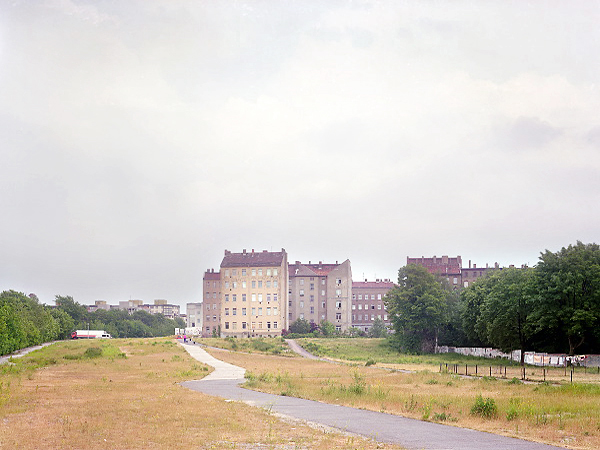
C-Print
50 x 60 cm
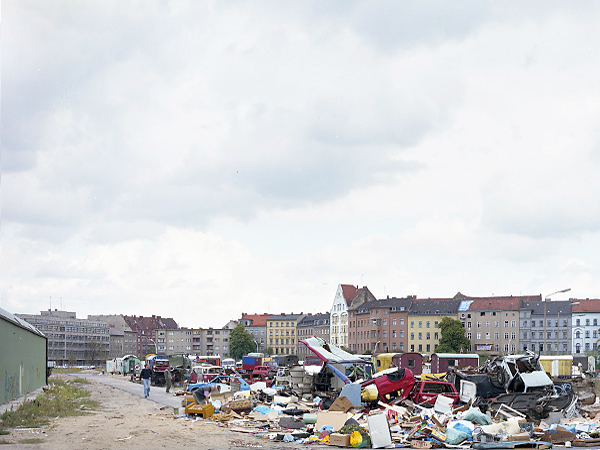
C-Print
50 x 60 cm
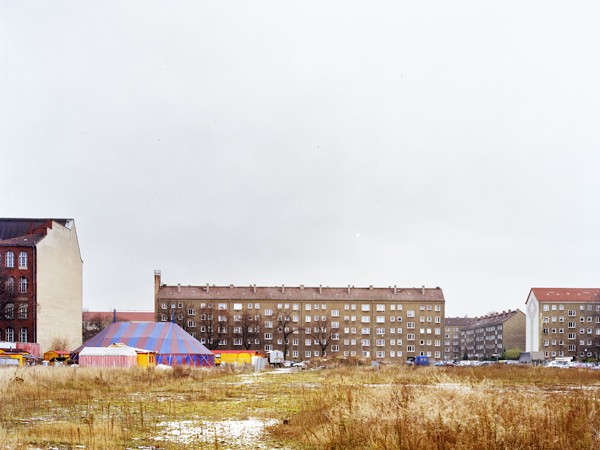
C-Print
50 x 60 cm
“When freedom sweeps away the Berlin Wall, Marcus Kaiser installs a photo chamber in the gaps of the old barrier between East and West and captures both sides of Berlin on film. He continued his work after the fall of the Wall. In the no-man’s land that separated two worlds, Marcus Kaiser immortalises absence. With compositions reminiscent of Flemish painting and a cool objectivity synonymous with German photography, he photographs this badlands, now covered by modern buildings.”
Stéphanie Cerri, Midi Libre, 15.12.2012 (translation)